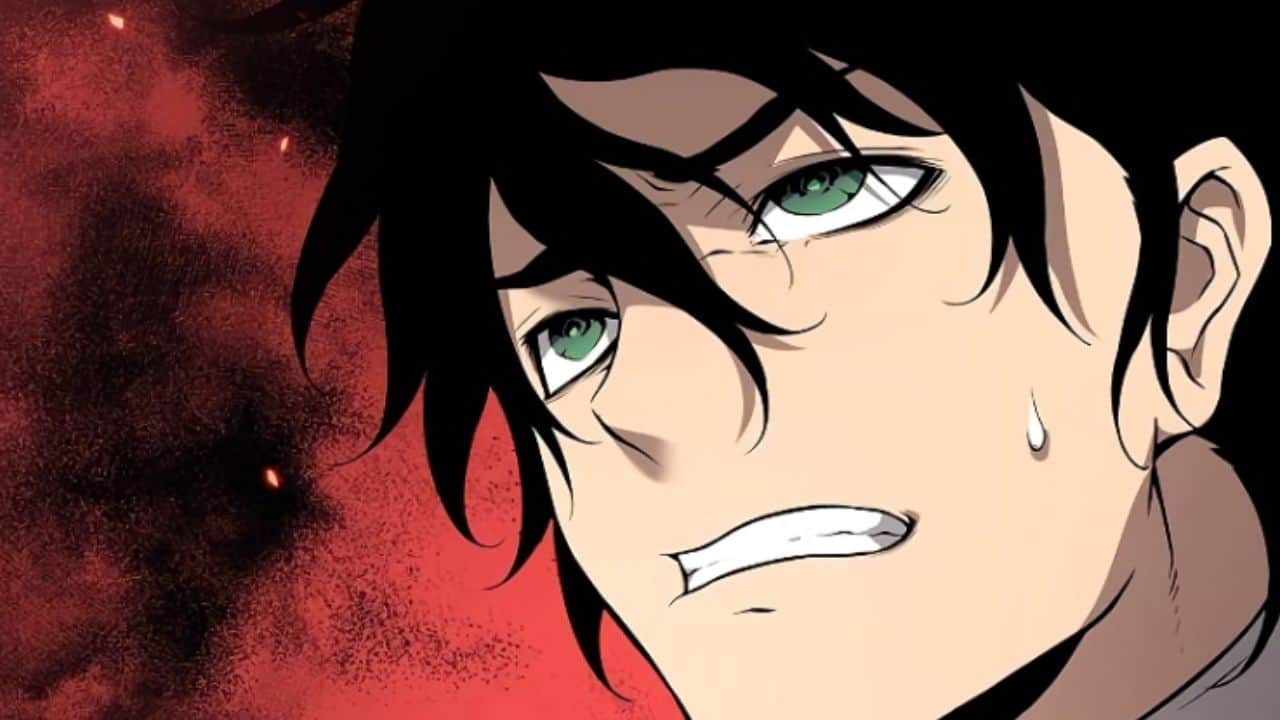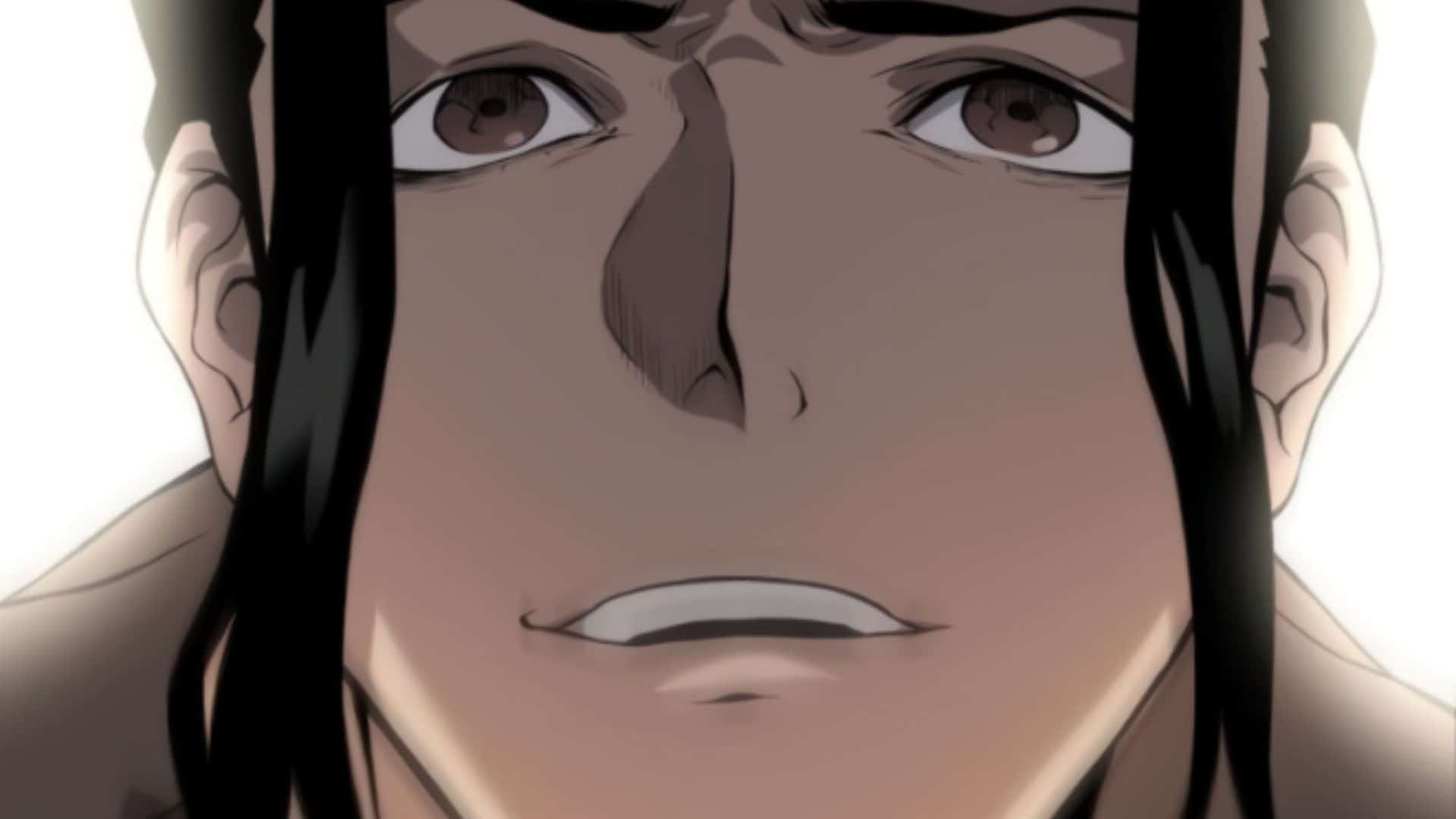Unveiling the intricate tapestry of The Priest of Corruption Chapter 20, we embark on a captivating exploration of conflict, symbolism, and the intricate interplay of characters. Delving into the heart of the narrative, we unravel the motivations that drive the protagonist’s actions, decipher the profound themes woven throughout the chapter, and immerse ourselves in the evocative setting that shapes the characters’ destinies.
Through the skillful use of literary devices and evocative language, the author paints a vivid portrait of a world grappling with the consequences of corruption and the resilience of the human spirit. As we navigate the intricate plot, we witness the protagonist’s journey of redemption and betrayal, examining the complexities of relationships and the enduring power of hope amidst adversity.
Plot and Characterization

In Chapter 20 of “The Priest of Corruption,” the central conflict revolves around the protagonist’s struggle to reconcile his past with his present life. The resolution of this conflict comes through his confrontation with the source of his corruption, a malevolent entity that seeks to destroy him.
The protagonist’s motivations and actions are driven by a deep sense of guilt and shame over his past actions. He believes that he deserves to be punished for his sins, and he seeks redemption through self-sacrifice. His relationships with the other characters are complex and nuanced, with each character playing a different role in his journey toward redemption.
Protagonist’s Motivations
- Haunted by guilt and shame over his past actions.
- Seeks redemption through self-sacrifice.
- Believes he deserves to be punished for his sins.
Relationships between Main Characters
- Complex and nuanced relationships with other characters.
- Each character plays a different role in his journey toward redemption.
Symbolism and Themes: The Priest Of Corruption Chapter 20

Chapter 20 of “The Priest of Corruption” employs symbolism and explores significant themes that contribute to the overall narrative and character development.
Symbolism
One prominent symbol in the chapter is the “dark forest,” which represents the protagonist’s inner turmoil and the moral decay that threatens to consume him. The “serpent” that tempts him symbolizes the corrupting influence that seeks to lead him astray from his righteous path.
Themes
- The Struggle Between Good and Evil: The chapter explores the ongoing battle between the forces of good and evil within the protagonist’s soul. His struggle to resist temptation and remain true to his principles reflects the universal human conflict between right and wrong.
- The Corrupting Power of Ambition: The chapter also examines the corrupting power of ambition. The protagonist’s desire for power and influence leads him down a path of moral compromise and ultimately threatens to destroy his integrity.
- The Importance of Redemption: Despite the protagonist’s descent into darkness, the chapter also offers a glimmer of hope for redemption. His encounter with the “wise old man” serves as a reminder that even in the darkest of times, it is possible to find a path back to righteousness.
These themes are conveyed through the narrative through vivid imagery, compelling dialogue, and the protagonist’s introspective reflections. The chapter’s exploration of these universal human experiences adds depth and resonance to the story.
Setting and Atmosphere

The setting of Chapter 20 of “The Priest of Corruption” plays a pivotal role in shaping the characters’ experiences and the overall tone of the chapter. The story takes place in a desolate and unforgiving wasteland, where the once-lush landscape has been ravaged by a cataclysmic event.
Sensory Details
The author employs vivid sensory details to create an immersive and oppressive atmosphere. The characters navigate through a barren and dusty terrain, where the air is thick with the smell of decay and the sun beats down relentlessly. The desolate surroundings evoke a sense of isolation and despair, as if the characters are trapped in a forgotten and unforgiving world.
Impact on Characters
The harsh and unforgiving setting has a profound impact on the characters’ physical and mental well-being. The relentless heat and lack of resources test their endurance, while the constant threat of danger from both the environment and other survivors forces them to live in a state of perpetual vigilance. The desolate landscape becomes a reflection of their own inner turmoil, as they struggle to find meaning and purpose in a world that seems to have lost all hope.
Tone
The setting of the wasteland contributes significantly to the overall tone of the chapter. The oppressive atmosphere and sense of isolation create a feeling of hopelessness and despair. The characters’ struggle for survival in such a desolate environment becomes a metaphor for the larger struggle against the forces of corruption and decay that threaten to consume them.
Literary Techniques

In Chapter 20, the author employs various literary techniques to enhance the chapter’s impact and convey the story’s themes and emotions effectively.
The chapter is characterized by the author’s vivid and evocative language, which creates a palpable atmosphere and immerses the reader in the story’s world.
Foreshadowing, The priest of corruption chapter 20
The author uses foreshadowing to hint at future events and create a sense of anticipation. For instance, the description of the “dark, oppressive weight” that hangs over the village foreshadows the impending doom that awaits the villagers.
Irony
The author employs irony to highlight the contrast between the characters’ intentions and the consequences of their actions. For example, the villagers’ attempts to protect themselves from the priest of corruption ultimately lead to their own downfall.
Imagery
The author uses vivid imagery to create a sensory experience for the reader. Descriptions of “putrid flesh” and “noxious fumes” evoke a sense of disgust and revulsion, conveying the corrupting influence of the priest.
Conclusion

In the aftermath of The Priest of Corruption Chapter 20, we are left with a profound sense of the human condition. The chapter serves as a poignant reminder of the fragility of trust, the corrosive effects of corruption, and the indomitable spirit that resides within us all. As we close the pages, we carry with us the lessons learned, the characters etched in our minds, and a renewed appreciation for the power of storytelling to illuminate the complexities of our world.
Question & Answer Hub
What is the central conflict in The Priest of Corruption Chapter 20?
The central conflict revolves around the protagonist’s struggle to reconcile his past actions with his desire for redemption, while navigating a world corrupted by deceit and betrayal.
How are the major themes explored in the chapter?
The chapter delves into themes of corruption, redemption, the power of choice, and the resilience of the human spirit, exploring their complexities through the characters’ actions and interactions.

